Archives
- 2026-01
- 2025-12
- 2025-11
- 2025-10
- 2025-09
- 2025-03
- 2025-02
- 2025-01
- 2024-12
- 2024-11
- 2024-10
- 2024-09
- 2024-08
- 2024-07
- 2024-06
- 2024-05
- 2024-04
- 2024-03
- 2024-02
- 2024-01
- 2023-12
- 2023-11
- 2023-10
- 2023-09
- 2023-08
- 2023-07
- 2023-06
- 2023-05
- 2023-04
- 2023-03
- 2023-02
- 2023-01
- 2022-12
- 2022-11
- 2022-10
- 2022-09
- 2022-08
- 2022-07
- 2022-06
- 2022-05
- 2022-04
- 2022-03
- 2022-02
- 2022-01
- 2021-12
- 2021-11
- 2021-10
- 2021-09
- 2021-08
- 2021-07
- 2021-06
- 2021-05
- 2021-04
- 2021-03
- 2021-02
- 2021-01
- 2020-12
- 2020-11
- 2020-10
- 2020-09
- 2020-08
- 2020-07
- 2020-06
- 2020-05
- 2020-04
- 2020-03
- 2020-02
- 2020-01
- 2019-12
- 2019-11
- 2019-10
- 2019-09
- 2019-08
- 2019-07
- 2019-06
- 2019-05
- 2019-04
- 2018-07
-
In Murray Darling rainbowfish confirming the expected in
2021-06-18
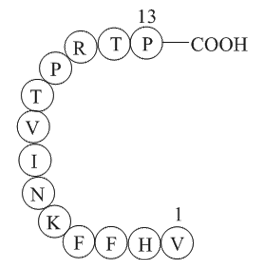
In Murray–Darling rainbowfish, confirming the expected in vivo effects of androgenic progestins could be achieved using short-term exposures and determining expression profiles for androgen-responsive genes, or in longer term exposures by monitoring fecundity or the development of male secondary sex
-
br Structure and function of EPAC isoforms EPACs
2021-06-18
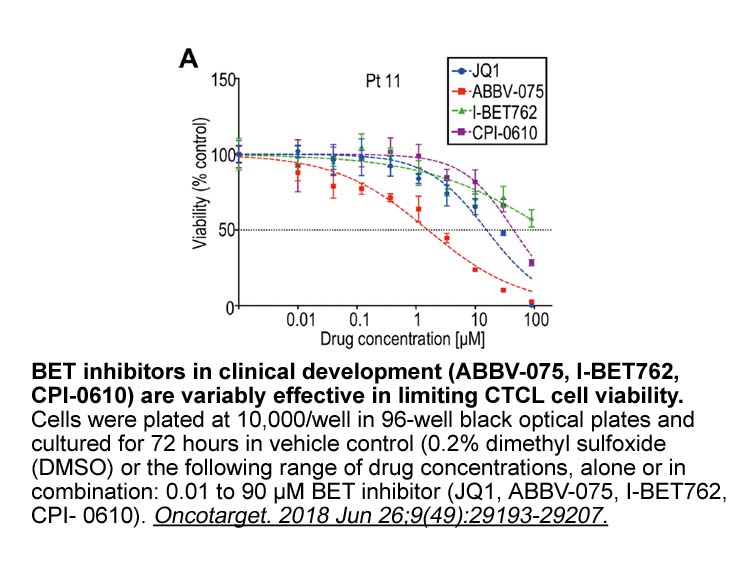
Structure and function of EPAC isoforms EPACs are guanine nucleotide exchange factors (GEFs) for the Ras-like GTPases Rap1 and Rap2 [9]. There are two mammalian EPAC isoforms, EPAC1 and EPAC2 1, 2 (Figure 1). Whereas EPAC1 displays a wide tissue distribution, the expression of EPAC2 is more rest
-
According to the Nomenclature Committee of the International
2021-06-18
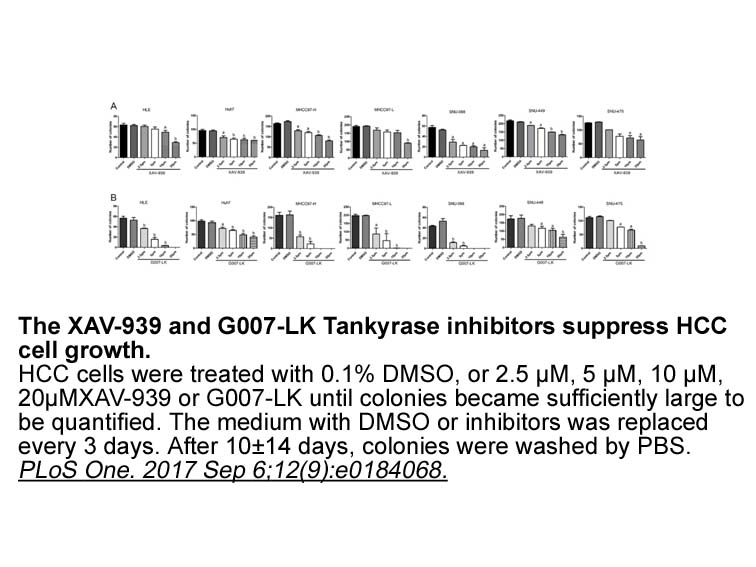
According to the Nomenclature Committee of the International Union of Biochemistry and Molecular Biology (NC-IUBMB, 1992), peptidases are divided into two classes, namely exopeptidases and endopeptidases, based on their actions on substrates and their active sites, respectively. Endopeptidases inclu
-
Common enzyme quantitative methods include enzyme linked
2021-06-18
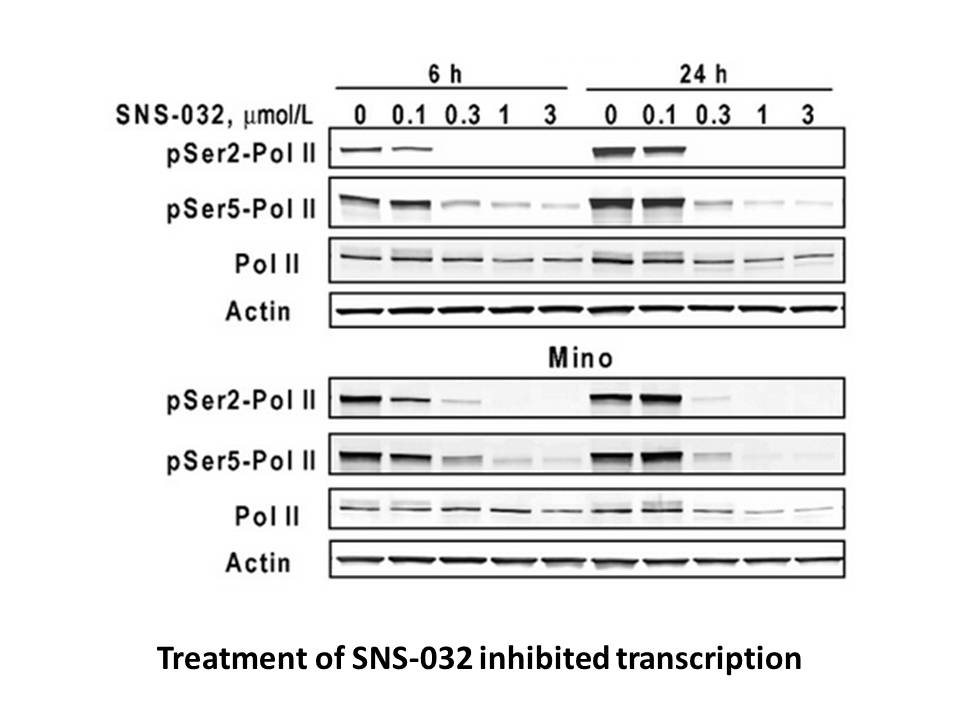
Common enzyme quantitative methods include enzyme-linked immunosorbent assay [,] (ELISA), chemiluminescence (CLIA) [, , ] and immunochromatography []. The advantages of ELISA are cost reduction and automation, but non-specific reaction caused by HOOK effect, false positive caused by cross-contaminat
-
WM-2474 mg br Competing interests br Acknowledgements
2021-06-18
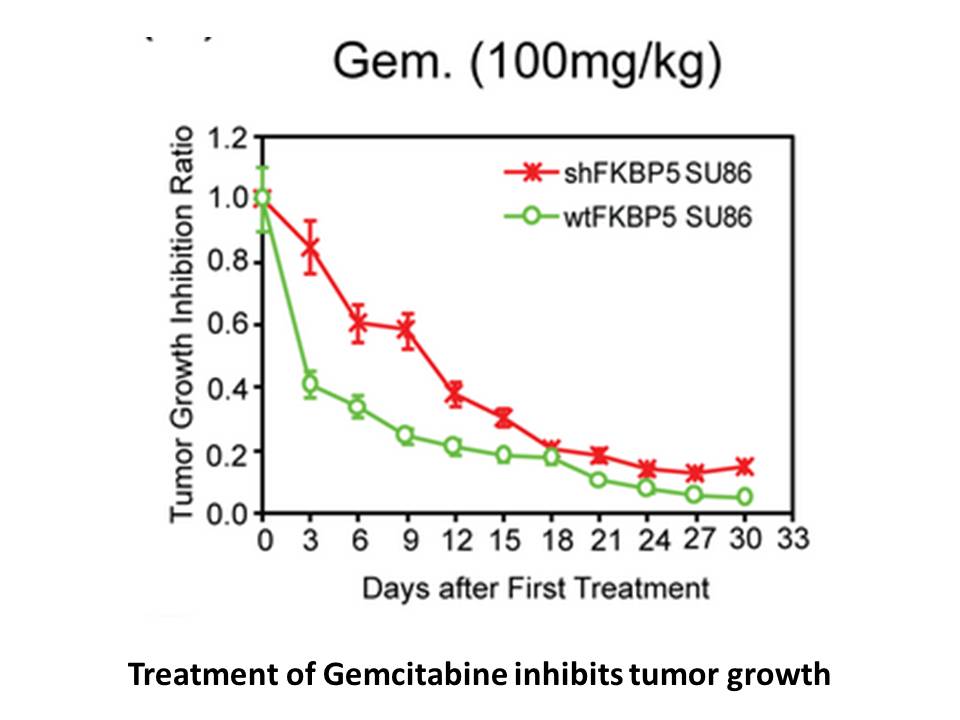
Competing interests Acknowledgements Introduction Diacylglycerol kinase (DGK) phosphorylates diacylglycerol (DG) in biomembranes to produce phosphatidic WM-2474 mg (PA) [1], [2], [3], [4], [5], [6]. To date, ten mammalian DGK isozymes (α, β, γ, δ, ε, ζ, η, θ, ι and κ) have been identified.
-
br Results and Discussion br Materials and
2021-06-17
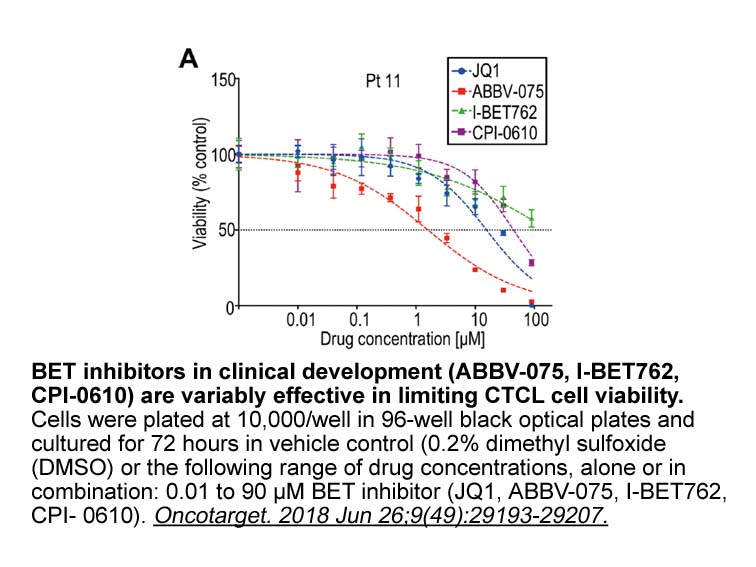
Results and Discussion Materials and Methods Acknowledgements Introduction Among the solid tumors, Prostate cancer (PCa) has been one of the most frequently diagnosed malignancy in men and the second male's cancer related deaths in the developed countries [1]. In China, the incidence and
-
The excitatory amino acid L glutamate or glutamate
2021-06-17
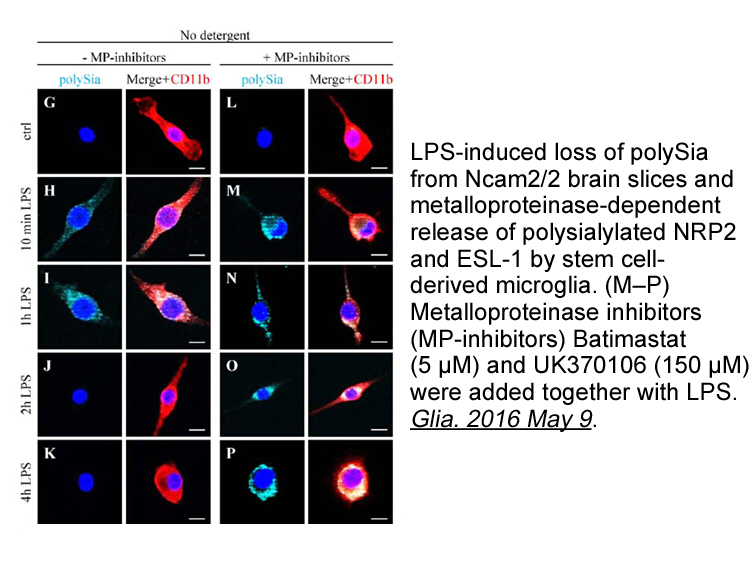
The excitatory amino transporters L-glutamate or glutamate mediates most of the excitatory neurotransmission within the mammalian central nervous system (CNS) and has been implicated in numerous peripheral nervous system (PNS) pathways. The excitatory amino acids, including glutamate, are of great
-
The CYP A genes are
2021-06-17
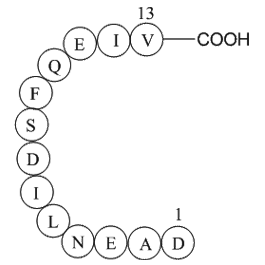
The CYP3A genes are regulated physiologically by glucocorticosteroids, growth hormone, thyroid hormones and cytokines [13, 20, 30]. It has been shown that glucocorticoid receptor (GR), pregnane X receptor (PXR), constitutive androstane receptor (CAR) and vitamin D receptor (VDR) play an important ro
-
Metoprolol Succinate Several evidences showed that seizures
2021-06-17
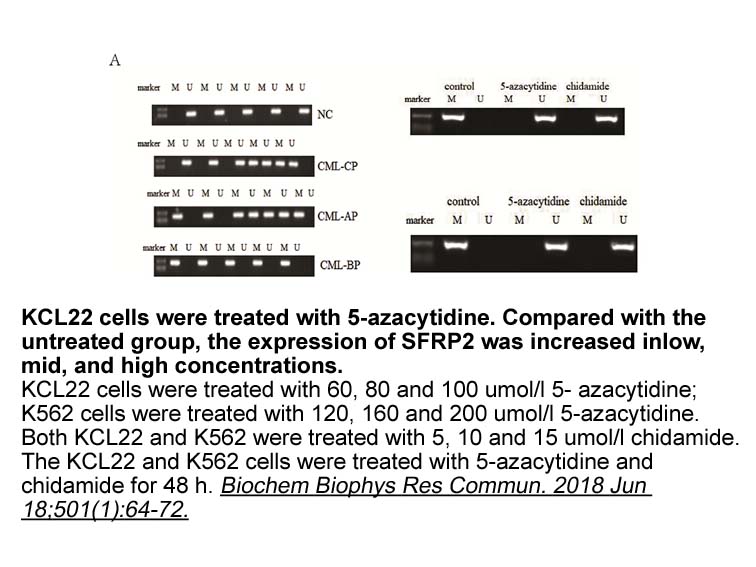
Several evidences showed that seizures increase brain extracellular glutamate, which binds to N-methyl-d-aspartate (NMDA) receptor, then up-regulated cyclooxygenase-2 (COX-2) expression in brain capillaries to increase BBB P-gp expression [11,13,29,30]. A recent study demonstrated a different signal
-
As described above we designed and
2021-06-17
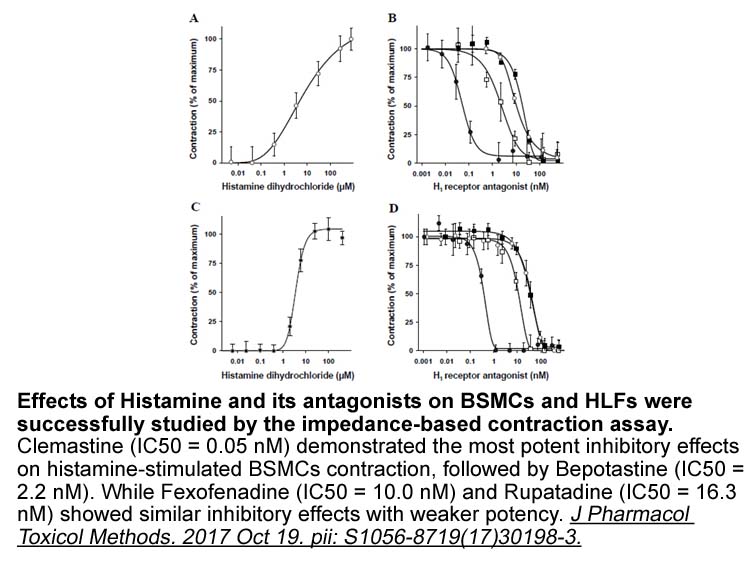
As described above, we designed and synthesized a new 1,4-di-substituted isoquinoline lead compound, and was identified as a ligand with moderate potency for the CRTH2 receptor. We initially we examined the effects of the steric factor of R group on the CRTH2 binding potency (). When the methyl gro
-
Our structures also provide new
2021-06-17
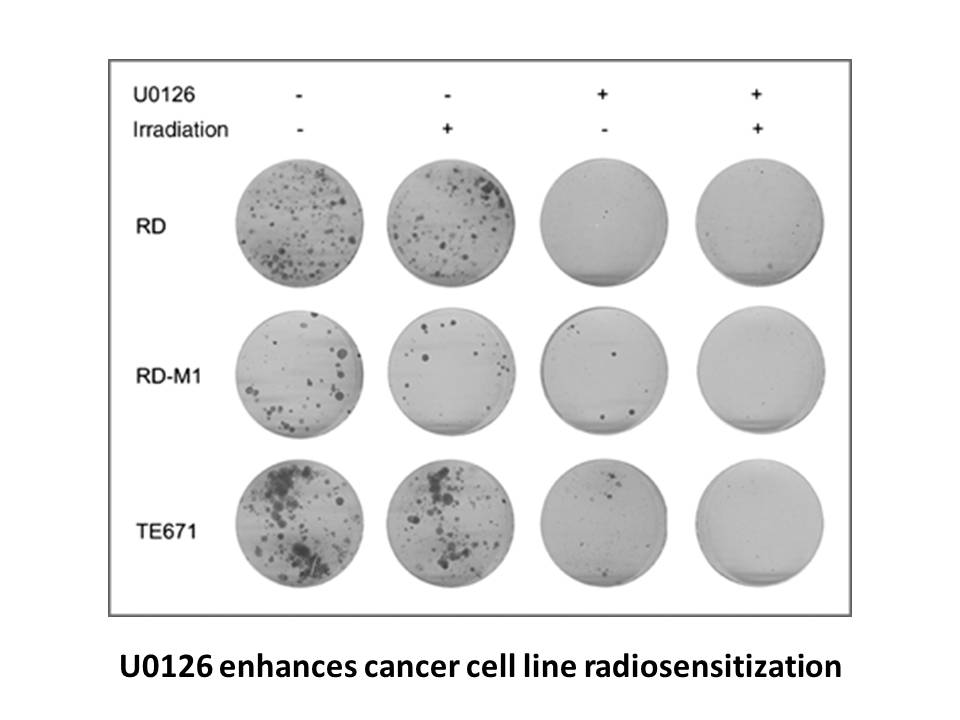
Our structures also provide new insights into CRTH2 drug development. The ligand binding pocket revealed by our structures comprises many aromatic residues and a few polar residues at the distal end. Correspondingly, most CRTH2 antagonists share a similar structural feature characterized by an aceta
-
ligand gated ion channel It is important to note that CRF ma
2021-06-17
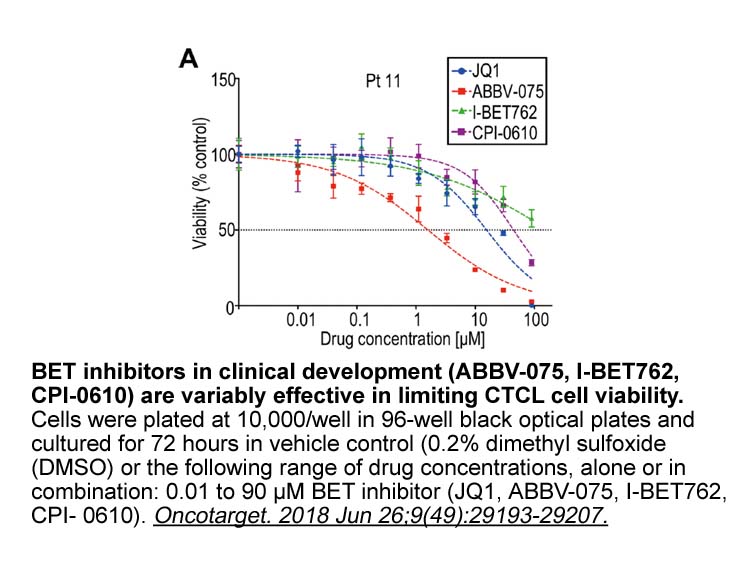
It is important to note that CRF1 may be activated during acute stress and early phases of anxiety disorders (Coric et al., 2010, Ising et al., 2007), as well the administration of Astressin 2B into the lateral septum did not have an effect on anxiety-like behavior in low-stress conditions but had a
-
br Acknowledgements We thank Jeus Perez Clausell from
2021-06-17
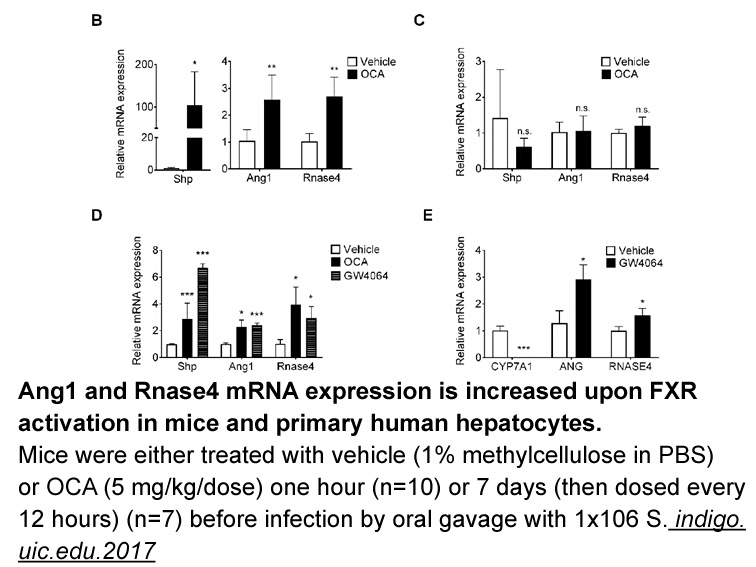
Acknowledgements We thank Jeus Perez-Clausell from the Department of Cell Biology, School of Biology, University of Barcelona, Felipe Casanueva's group from the Department of Molecular Endocrinology and Carlos Diéguez's group from the Department of Physiology, School of Medicine, University of Sa
-
Recent studies show that the expression
2021-06-17

Recent studies show that the expression and function of some ion channels such as voltage-gated potassium channels, sodium channels and calcium channels are closely related to the proliferation, migration, and invasion of tumor cells [40], [41], [42]. Firstly, the expression of ion channels is chang
-
Materials and Methods br Results br Discussion For
2021-06-17
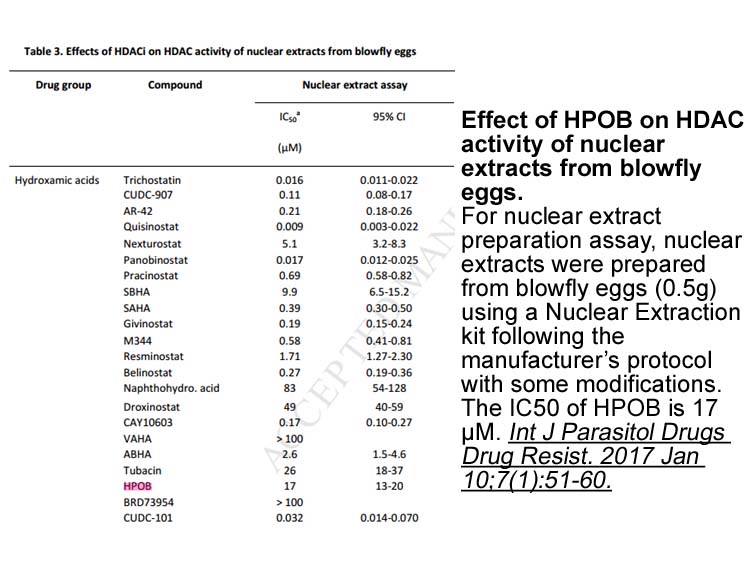
Materials and Methods Results Discussion For several decades, the diagnosis of translocation-associated childhood sarcomas with overlapping morphological characteristics has been facilitated by pathognomonic gene fusion detection through RT-PCR or FISH. However, these assays have several shor
16078 records 656/1072 page Previous Next First page 上5页 656657658659660 下5页 Last page